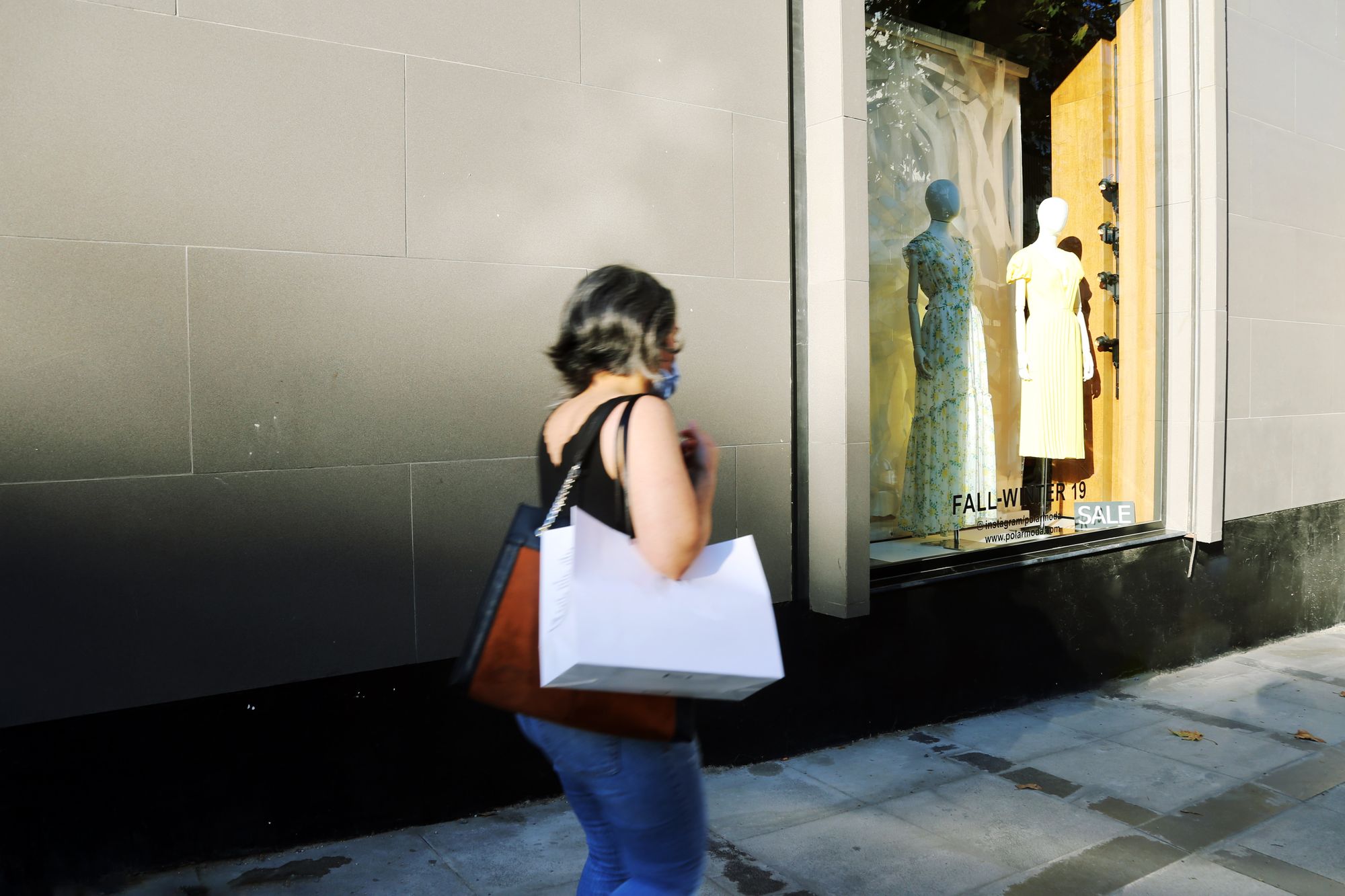Consumer confidence in the United States unexpectedly increased in October, indicating that economic development was picking up after a tumultuous third quarter, as concerns about high inflation were countered by strengthening labor market prospects.
Automobiles, Travel, Big Ticket Items
The consumer confidence index rose to 113.8 this month from 109.8 in September, snapping a three-month losing streak. The index, which focuses more on the labor market, is still below its June high of 128.9. The increase contrasted with a consumer study conducted by the University of Michigan earlier this month, which showed consumer sentiment waning.
- Despite rising inflation fears, shoppers expected to increase their spending. Purchasing intentions for automobiles have recovered from a nine-month low
- More people planned to buy household equipment like washing machines, televisions, and refrigerators in the following six months, indicating that consumer spending would pick up after a steep slowdown in the previous quarter
- The percentage of Americans planning a vacation has reached its highest level since February 2020, just before the first wave of COVID-19 illnesses hit the country
Real Estate Fatigue?
In a fourth report from the Federal Housing Finance Agency, signs that house price growth had plateaued were starting to emerge. The house prices grew 18.5% in the 12 months to August, after reaching a record 19,2% in July.
- However, according to a separate report released on Tuesday by the Commerce Department, sales of new single-family houses increased 14.0 percent in September to a seasonally adjusted annual pace of 800,000 units, the highest level in six months
Stagflation Risks
Last month, consumer prices surged at a 5.4 percent annual rate, on course for their largest annual gain since 1990, a surge that analysts attribute to everything from skyrocketing commodity prices to the $5.3 trillion in fiscal stimulus passed by the United States since the outbreak began. Meanwhile, third-quarter economic growth in the United States is forecast to slow to 2.7 percent, down from 6.7 percent in the previous quarter.
- Jean Boivin, head of the BlackRock Investment Institute, believes that as supplies become more freely available, growth will accelerate, averting a low growth, high inflation environment
- Analysts at UBS further stress that in addition to rising oil costs, stagflation in the 1970s was fueled by variables that are no longer relevant, such as government price restrictions that limited supply
- However, Phil Orlando, the chief equity market strategist at Federated Hermes, says that stagflation is poised to make a comeback as the surge in inflation is stickier than expected
"The surge in inflation is not proving to be transitory like the Fed and Biden administration have been telling us, [...] It's sticky and sustained when we're past peak growth. That's stagflation."
BENCHMARK'S TAKE
- Economic activity is being capped by a resurgence of COVID-cases throughout Asia, further constraining global supply chains and economic growth
- After massive rounds of stimulus and the sustained inflation it created, we expect central banks and governments to start lifting the foot and start limiting their support
- This could encourage more individuals to get back into the workforce and smoothen economic disruptions going forward
Disclaimer
Please note that this article does not constitute investment advice in any form. This article is not a research report and is not intended to serve as the basis for any investment decision. All investments involve risk and the past performance of a security or financial product does not guarantee future returns. Investors have to conduct their own research before conducting any transaction. There is always the risk of losing parts or all of your money when you invest in securities or other financial products.
Credits
Photo by Şahin Sezer Dinçer on Unsplash.






